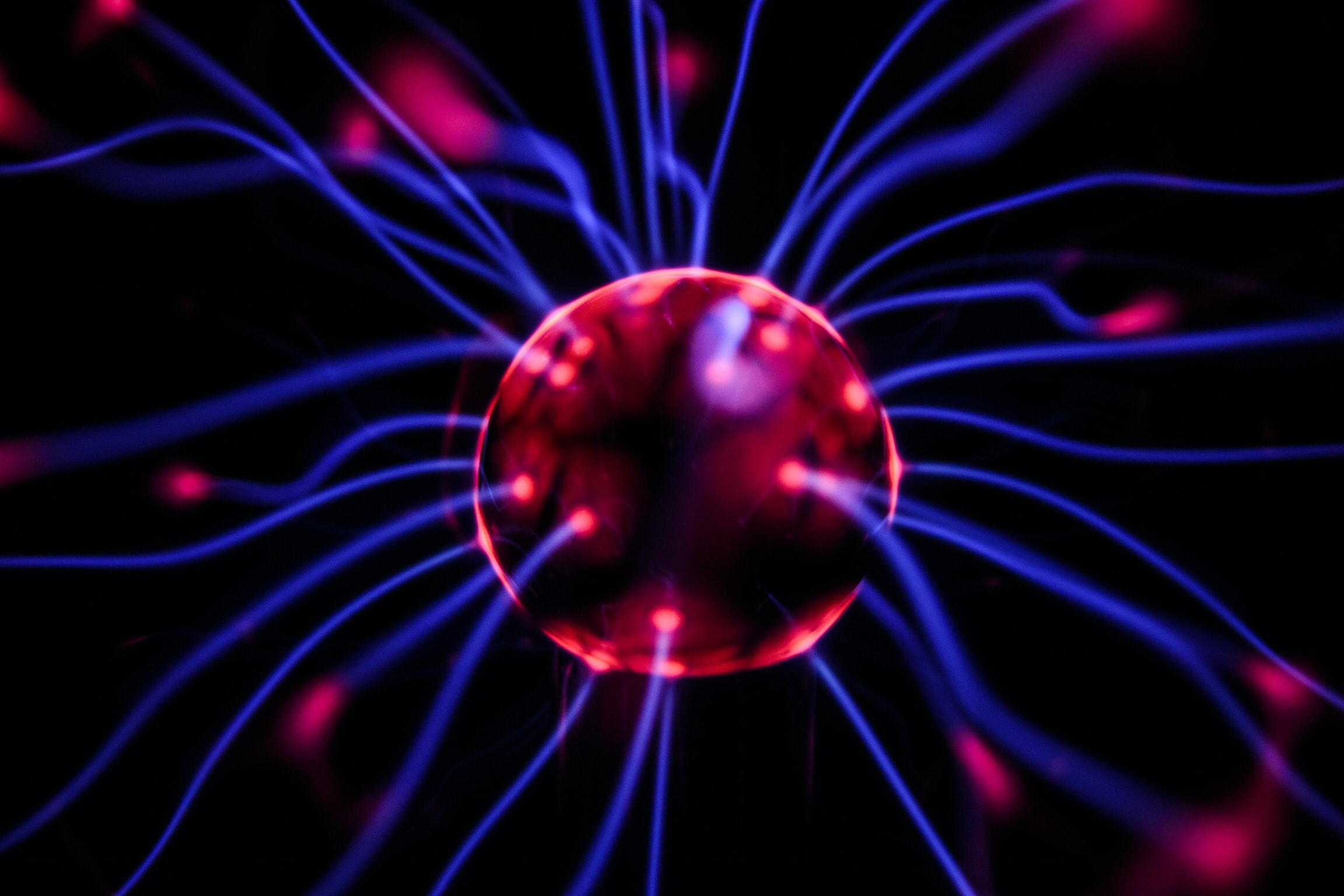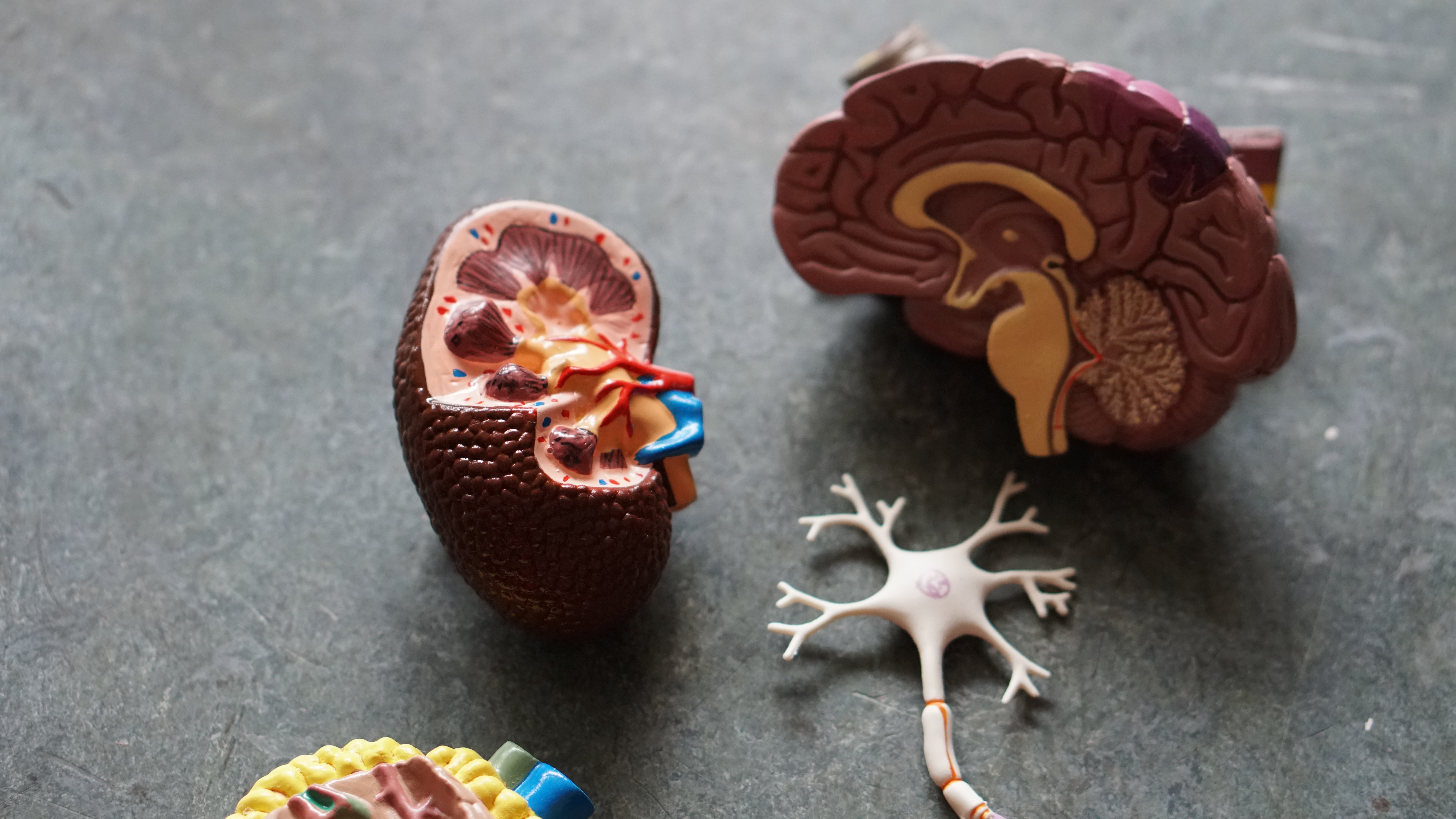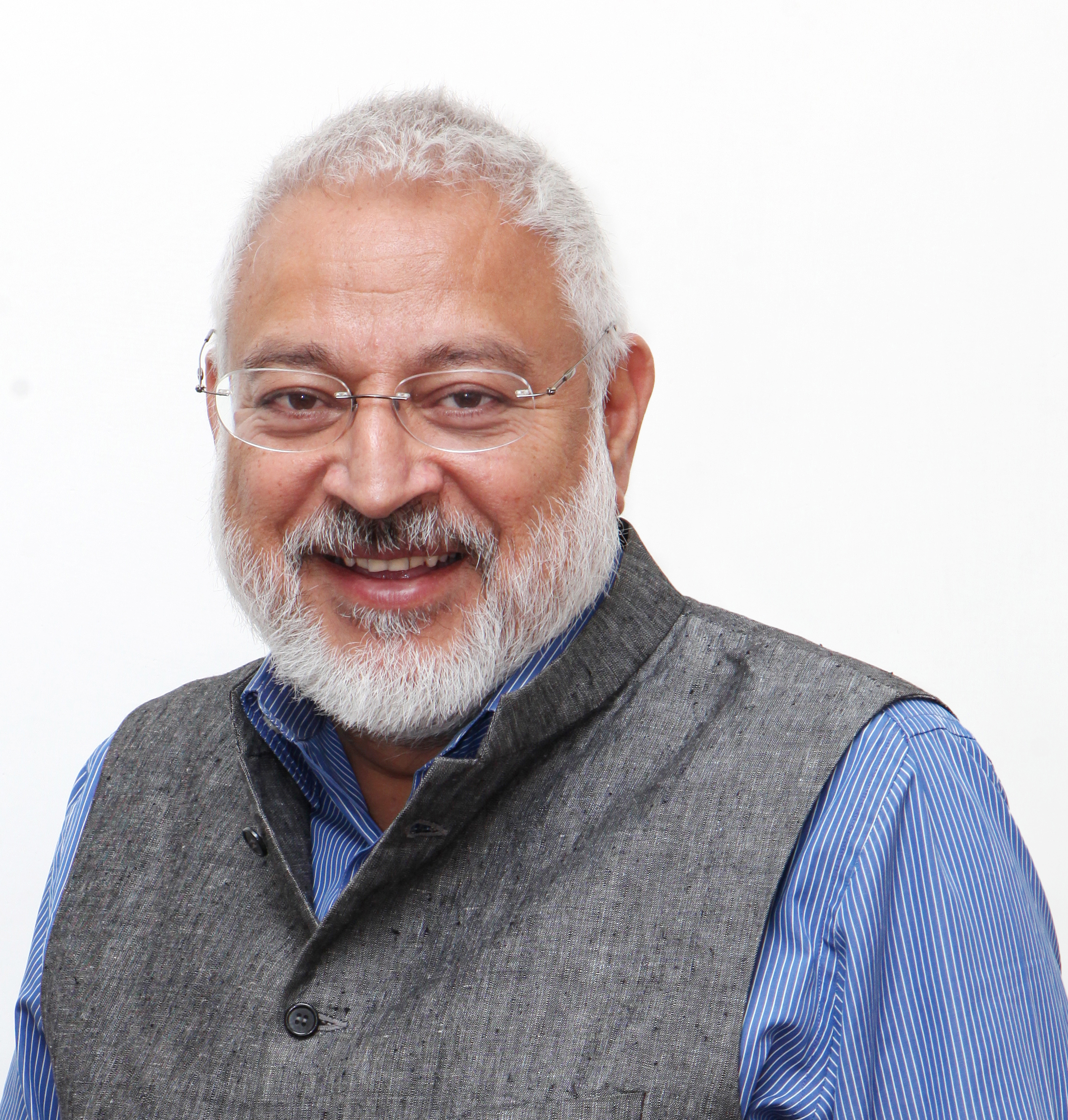
In his acclaimed book the Autobiography of a Yogi, Yogananda says that rules are created for man, not man for the rules. Upon reflecting on that recently, it made me realise that the same could be said for technology. The old battle of man versus machine seems to be waging a new battle in the 21st century, but this time with a twist. As Artificial Intelligence (AI) grows in leaps and bounds, it will be important for humans to not only learn from the power of AI, but also to learn from the way that AI learns. If we can learn from AI, it could help us understand the human brain better. In the current scenario, AI is getting smarter and smarter with Machine learning leading the way and humans seem to be merely in awe or fear of it. How can we augment our intelligence by turning the tables and learning from AI in the same (or even better) way that it learns from us?
The ever-increasing pace of technological change has created a fundamental shift in the way we interact with the world. We must adapt, learn and evolve alongside the machines that are changing the world.The development of AI has been in the making since the 1950s. In the future, artificial intelligence will be integrated into most aspects of our lives (in some form or another). This will have important implications for the way we work, think, and live our lives. While the effects of AI are only beginning to be felt, it is already producing changes that will have significant impacts on our society in the near future. It will be interesting to see how artificial intelligence will impact the work that we do. For business owners and leaders, the changes in AI will force us to consider how to structure our teams, operations, and strategic plans to ensure that we are not left behind by technology. Automation is only the first step towards AI and like the proverbial tip of the iceberg, that is all we have witnessed for now.
Like spell check, AI will be a part of our daily lives. For example, we know that online companies like Facebook are starting to use AI to understand user behaviors and suggest ways to make online conversations more interactive. This will continue to grow and an example of Amazon’s cashier-less, walk in and walk out physical stores in London and NY should provide a glimpse of the future – utopic or dystopic – depending on your relationship with technology. Google Translate is one example of how much AI has developed in the past few years. If you haven’t had a look yet, do try it now and see what you notice! AI-enabled Google Translate will soon be able to read translations spoken by those communicating in more than one language and identify discrepancies in their words. These tools will allow users to not only interact with each other in more natural ways, but also have richer conversations and exchanges with a better understanding of other people’s cultures and nuances. AI will also have a huge impact on the arts and creativity. Current machine learning tools have the ability to make images and video look lifelike. In fact, so much so that the technology behind deep fake videos are so similar to the original that it should be a cause of major concern for all responsible societies.
The next evolution in our ability to communicate will come in the form of voice assistants that go even deeper than what we currently experience. Voice-based artificial intelligence (AI) platforms will be able to perform tasks by simply talking to people. These voice assistants can help people with directions and some other basic communication needs as of now. With the evolution of AI, you will be able to ask for things and be immediately satisfied with the outcome, situated in the appropriate context. You will be able to hear a conversation happening around you and understand the people around you by listening to their words and their context. The opportunity for positive and negative outcomes is immense.
Education is a sector that has long been averse to change. This is true for higher education and school education. But we could now be at a tipping point where change will be ushered in by forces beyond the control of the people or markets that have thus far controlled education. The pandemic acted as a catalyst and what Edison prophesied more than 100 years ago when he invented film – physical textbooks are a thing of the past — is coming to pass now. AI has the potential to impact every process in education from administration and pedagogy to assessment and feedback. Learning will be personalized and of a more ubiquitous nature.
There is little doubt that AI will have a tremendous impact on the way we teach and learn. At least for the foreseeable future, AI is going to be only as good as the data set and the domain expertise of the humans who build them.
Adoption of new technologies in education may seem like a daunting task but it is an inevitable reality. Just as the Internet has redefined consumerism and democratized knowledge by allowing anyone with an Internet connection to access free educational resources, the ubiquity of smart devices and AI will change the way learning happens in schools. Let us take for example the hypothetical scenario of a student requesting for support from a tutoring center in a school. The tutoring center, equipped with its wide variety of education tools and AI services, will be able to provide customised learning sessions in a matter of minutes. While this might appear to be a far-fetched idea, technology has already changed the way education is delivered. There has been a seismic shift in education since Gutenberg’s printing press. The establishment of compulsory schooling created a universal primary education system and it is still the foundation of secondary education, an artefact in modern times.
As Educators, what are the implications for us? How can we augment our practices and strategies so that we can leverage technology to create wholistic learning experiences that help our learners actualise their potential? Is this a mere fad that will also pass? One could be forgiven for thinking along those lines. After all, AI has been around for a while now. The following is a quote from a research paper published in 1989 titled Artificial Intelligence in the Classroom: The Impact of a Computer-Based Tutor on Teachers and Students (University of Pittsburgh, 1989)
“By 1985 almost all secondary schools and five-sixths of all elementary schools in the U.S. had at least some computers for use in instruction (Becker, 1986) and the trend toward the continuing acquisition of computers has continued. Current estimates are that more than two billion dollars have been spent to provide schools in the U.S. with computer technology in a period when school systems are under heavy pressure to spend *their limited resources on numerous other things, including increased salaries for teachers. (Buckley, 1988).”
Before we can understand what AI is and how it works, we must first understand a few things about our own brain functions. It could be said that scientists today know more about AI than our own brain. As learners, if we are to understand how we function, then we can successfully augment the power of AI.
The human brain is one of the most complex and least understood objects in the universe. It contains 100 billion neurons and 1,000 trillion connections, and is capable of many thought processes that most other life forms cannot even imagine. This enormous processing power is what makes us unique. Our brains have given us the ability to think abstractly, plan for the future, and build civilizations. What makes the brain so unique is its size and complexity, as well as the way that it is wired. The average human brain weighs about 3 pounds (1.36 kg). It is no wonder that the most common word used in human languages to describe the brain is “heavy.” The brain is so large that the skull can’t support it. Instead, it sits in a pool of cerebrospinal fluid.
The human brain is a remarkable organ even when compared to that of other mammals. Our brains are larger than those of most other animals, and interestingly, they’re larger relative to the size of our bodies when compared to those of other species. Human brains also have a higher metabolic rate than other animals, which means they consume more energy, and they have an extensive cerebral cortex or “gray matter” involved in higher-level thinking and decision-making. Our brains are also highly interconnected, with billions of neurons connecting to each other via trillions of synapses.

So was the human brain always like this?
If not, how did it evolve? Is it still evolving? Think about this – while walking alone if you hear a sound do you get startled? Or have you ever caught yourself worrying about something – exams, next meal, health, job etc- do you think other animals have the tendency to worry? How is it that the human brain has been programmed to do these things?
The human brain is a complex, intricate, and uniquely human organ. It controls our thoughts, memories, and emotions. It interprets the world around us. It recalls skills we learned years ago. But what makes the human brain different from other animals? It’s a question that’s puzzled scientists for years.

Are we predestined for learning? The human brain is not predestined to merely absorb facts or the alphabet – if we look at learning as such, but if we consider learning as a process – then the answer is yes. Humans have the ability to learn new tasks and adjust to changing environments and circumstances.
Machine learning is the science of getting computers to act without being explicitly programmed. Machine learning is already used in many places you’d never expect, such as spam filters, Google search, Facebook newsfeed, and Netflix recommendations. Machines can already learn from us. In fact, they’re increasingly getting better at it than we are. They can read our facial expressions, interpret our emotions, and anticipate our needs. What makes us special is that we can learn from them. We can take their data and use it to make better decisions. It’s well known that we have a huge amount of tacit knowledge – our knowledge of the world is not written down in a single space or platform (although Wikipedia might get there in the next few decades); instead, it’s just stored in our brains. This is why, for example, a deep learning system can be very good at understanding and translating written language, but can’t understand or produce the nuances of a language very well. A lot of tech companies are trying to figure out ways to replicate human intelligence in machines. But maybe a better way to think about it is how can we use technology to amplify human intelligence?
For the last decade or so, neuroscientists have been working on models of the human brain to help us understand how the brain works. In the past 20 years, we’ve made incredible inroads in understanding the brain and how it works. Artificial intelligence (AI), with its ability to identify patterns in large, complex data sets, has seen remarkable successes in the past decade, in part by emulating how the brain performs certain computations. An AI system can learn from example after example how to respond to a given situation. Neural networks are a type of machine learning algorithm which emulate the activity of neurons in the brain. The neural networks are made up of layers of mathematical functions and are trained to perform a particular task by feeding information into the network. The network learns the task and is then able to perform that task without any human intervention. On the other hand, Reinforcement learning is a type of machine learning that is very different from supervised learning. In reinforcement learning, the system is never told which actions are correct and which actions are incorrect. Instead, it’s just given a goal and it will work towards that goal through trial and error until it is consistently receiving a reward.
While technology has revolutionised many industries, there are still many areas where technology has yet to make a difference. As a result, humans are still needed in those areas, but their roles are different to what they were before. So, rather than technology learning from humans, humans should be learning from technology. For example, we hold a lot of biases whether we are aware of it or not, and we are also quick to judge. Is there anything we can learn from our interaction with machines here? For instance, if an AI gave you the wrong answer or messed up a task, would you think it is doing it purposefully to derail you? Most of us probably wouldn’t but we might if the entity had been a fellow human being. This is important because an AI is only as good as the human that designed it. So while it may improve over the years, there is a significant chance that the biases passed on from the human designer will remain entrenched in the program.
As you will notice, a lot of significant progress in AI is modelled on how the human brain works. We have been focusing on technology as a starting point, but we should be taking our own intelligence more seriously, using our capacity to learn as a starting point and building technology around that. By doing this, we’d be tapping into our true potential as humans. The ultimate goal of machine learning should be to improve the quality of life on the planet. The more we understand about people and how they behave, the better we can serve them. The more we understand about machines, the better we can use them to serve the planet.
I think that we’re not in alignment with what our mission is as a species and as a civilisation. We’re not doing a good job of taking care of the planet, of our own bodies, and of each other. The more we rely on machines to do our thinking for us, the less we learn to think for ourselves. We’re losing our ability to take in new information and apply it to our own lives. We’re losing our ability to retain information. We’re losing our ability to remember. The future will only be great if we use technology wisely and train people in the right ways. Don’t automate human intelligence; augment it. Don’t take jobs away from people; instead, create more jobs for them.
A lot of the time, we take technology for granted. We don’t think about it, question it, or try to understand how it works. But I think what’s so exciting about AI is that we can now ask questions about it, and we are in the position to understand it. The thing about technology is that it’s designed to do the things that people aren’t good at doing. Machines have the ability to learn on their own, and they’re getting better at learning things more quickly than we are. We’re at a unique point in time where we’re able to leverage technology and use it to our advantage to help make the world a better place. We shouldn’t be scared of technology; instead, we should embrace it and use it to our advantage. It’s here to serve us, not the other way around.
We need to stop thinking of automation as a way to eliminate human labor and start thinking of it as a way to augment human intelligence. If you can figure out a way to automate a process, it means you can free up your time and energy to focus on things that only humans can do. Automation should empower you to explore more rather than leave you with idle time. It’s important to remember that technology is there to augment the way we live our lives, not automate them. If you’re trying to automate something that should be handled by a human being (for e.g, the teaching-learning process), then it’s time to rethink your strategy.
AI is definitely going to be disruptive and it’s going to change the way we live and work but I think there’s a greater opportunity for humans to learn from machines because of how much we can now automate, rather than it all being about machines learning from us. We can’t capture all of human knowledge in a computer program. Many of the things we know are implicit in our ability to interact with the world, and a computer can’t read a person’s mind.
It’s true that there’s a lot of complexity now and there’s a lot of technology that needs to be built, and we need to understand how to build it. But it’s also true that we’re more intelligent than our machines. We’re more intelligent than our technology. I think the most important thing is to invest in human creativity. AI is a tool, and it is all about making those tools better. In the world of AI and automation, we’re all too often concerned with work being done by machines that doesn’t require humans. While that might save time and money in the short term, it’s a huge mistake. You should never automate human intelligence.
Humans are born to learn. Right now, machines are making us dull. Most of us spend our lives staring at a screen, and a recent study by Deloitte found that millennials spend an average of 10 hours a day interacting with technology. That’s an entire day stuck in a machine-based cycle. The reality is that both humans and AI will be necessary in order to solve the world’s biggest problems. It’s exciting to see the future of both human and machine learning unfold and to watch as AI gets better and better at solving problems. Automation is a great way for businesses to save time and money, but it’s important to remember that you can’t completely automate something that requires human intelligence. It’s not just about the tech, but it’s about the people who use the tech.
In my book ‘Serene Strength: the Role of Education and Learning in the making of a Person of Substance’, I expounded the idea that we need Persons of Substance – those who do the right thing simply because it is the right thing to do. We need them to lead us through this monumental technological shift that is taking place. Our future is being shaped here. The technology we have now is so powerful that it can change lives. However, if it’s used for the wrong reasons, it can be dangerous. We have the power to make a positive difference in the world, and we owe it to humanity to use the power of technology wisely.
A question to ponder – Humans invented the game of chess. Humans trained machines to play chess. Now machines are the Chess Masters. Is there a way we can regain the title or are you content knowing that a machine will be the reigning chess champion in the future and there is nothing we humans can do about it?

